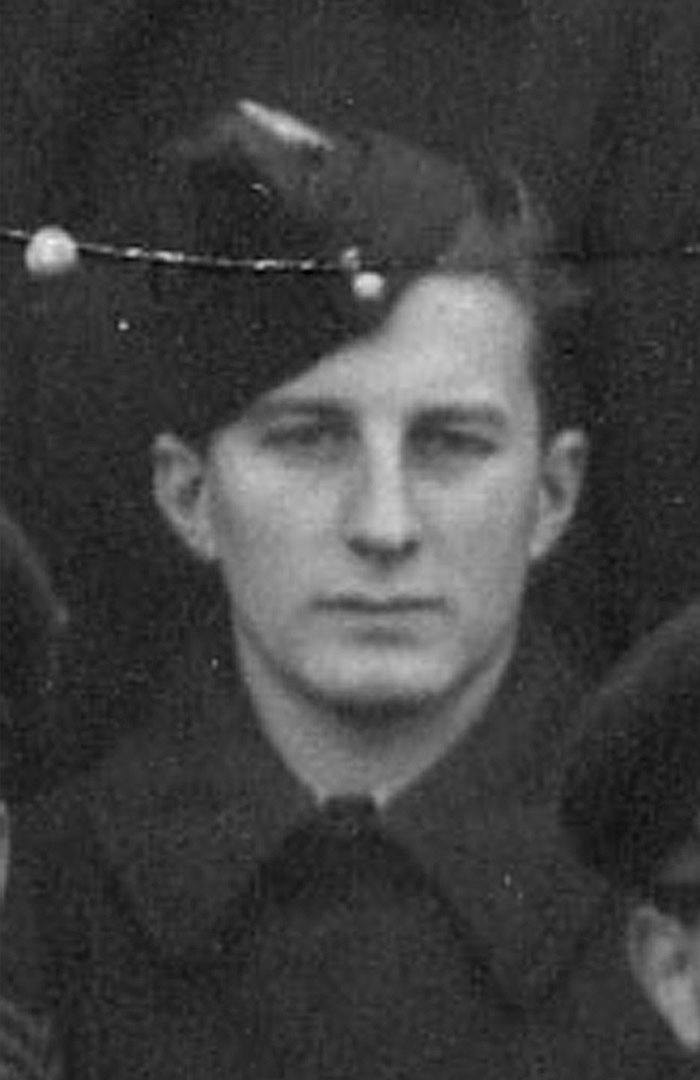Beth Boyce
Curator, Museum at Campbell River
Like many newcomers to Campbell River, when I first went to Spirit Square and saw the Cenotaph, I was struck by how many men were listed there.
Campbell River was a very small community at the outset of World War I and not too much larger during World War II, and to have so many men from this community lost fighting in those wars was unexpected.
However, the names listed did not have much meaning for me beyond their number as none of the names were familiar. I did not know any of these men who died between 70 and 100 years ago or their families.
When the Museum was seeking a way to acknowledge the 100th Anniversary of the First World War, we considered many different possibilities and one of the suggestions mentioned was to partner with the Campbell River Genealogy Society.
The Genealogy Society has been working since 2007 on a research project to uncover the identities of the men listed on our Cenotaph. The Society has spent years combing through documents to discover the stories of their lives before the war, their activities during the war, and the circumstances of their deaths. This project hit a chord with me, as I felt it was really important to know about the lives of these men so that they could become more than just a list of names.
There are 19 men listed on our Cenotaph, and each one has a story to tell. Robert Booth changed his name to Robert Watson after jumping ship off the coast of Northern Vancouver Island in 1907, a deserter from the Royal Navy. He worked as a logger on the Island until 1915 when Robert volunteered for service overseas. Robert was later discharged during training in Vancouver for “misconduct.” Not to be dissuaded however, four days later he enlisted again in another community, changing his occupation from logger to blacksmith. Robert had no family in Campbell River and instead named Charles Thulin, owner of the Willows Hotel, as his heir. His true name and identity were not discovered until after his death. My own theory is that it was his tattoos which lead to this discovery. Any identifying marks on a person’s body were described in their enlistment papers in order to help identify them if the worst should happen, and Robert’s tattoos were noted both in his army enlistment papers, and in his much earlier navy enlistment papers, in one case with a doodle to accompany the description.
In many cases, very little remains of the men who died in the wars, just a collection of documents: their enlistment papers, records of service, maybe a couple of photographs. It can be quite stark, piecing together their lives from such scraps. In rare cases though, something of the person comes though when diaries and letters written during their lifetimes have been preserved. Elmer Oswald was one such man; his mother kept every single one of the letters he wrote home during his service and they were later donated to the Museum. It was very personal for me, reading Elmer’s letters to his mother. He was in his early twenties while serving in the Royal Canadian Airforce in Britain during the Second World War, and was not allowed to tell his mother about his military activities. He could not even tell her his exact location; he was constantly being moved, and his only address was ‘Overseas.’ Most of his letters were filled with questions about what was going on at home and describing what he got up to on his leave time. On June 3, 1944 he wrote, “It’s good to hear that everything at home is OK. With Dad and John fishing I guess it will be a bit quiet though...We don’t do a great deal of flying, so we’re not overworked. Right now I’m in a hotel by the sea and am living like a king...The heavy sweater you sent quite a while ago sure is just what I need. I wear it every nite I’m flying. I have that 4-leaf clover you sent me in my wallet. It’s doing a good job too...I’m not going to buy a motor-bike, it would be more trouble than it’s worth. Anyways they’re dangerous, not like an aeroplane, it’s foolproof.” Elmer’s last letter was written on March 1, 1945, only six days before his plane was shot down over Holland.
It is important for our community to honour these men by listing their names on a plaque on our Cenotaph, and it has been important to the Museum and to the Genealogy Society to honour these men further by giving each man listed his own plaque in order to tell his individual story. The exhibit “Our Cenotaph” is now on display at the Museum, and will be open free of charge on Remembrance Day from noon to five.
